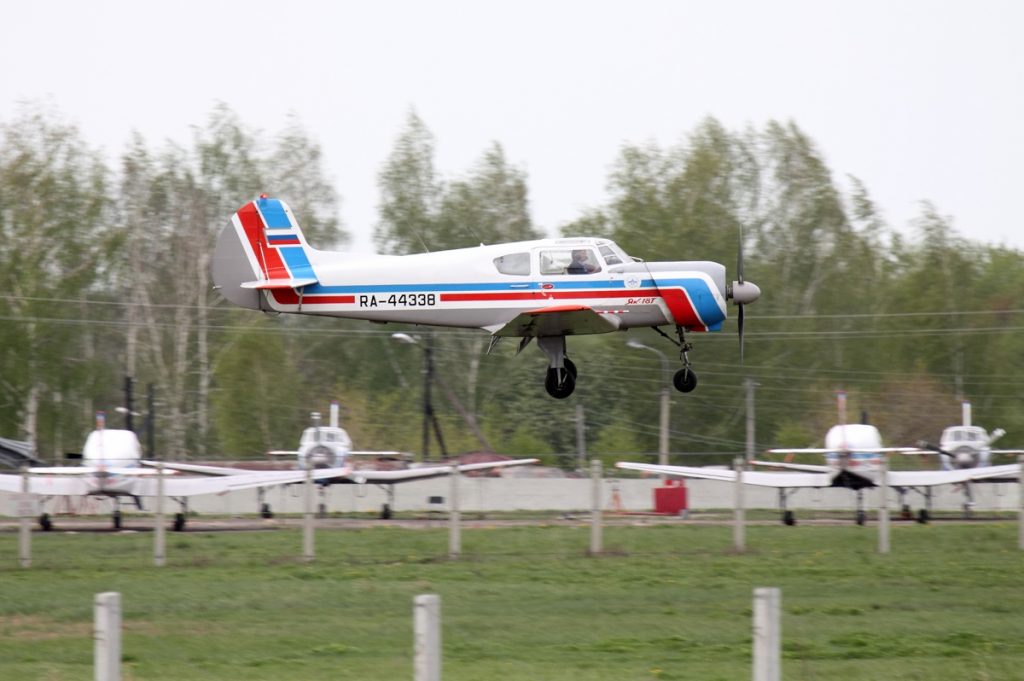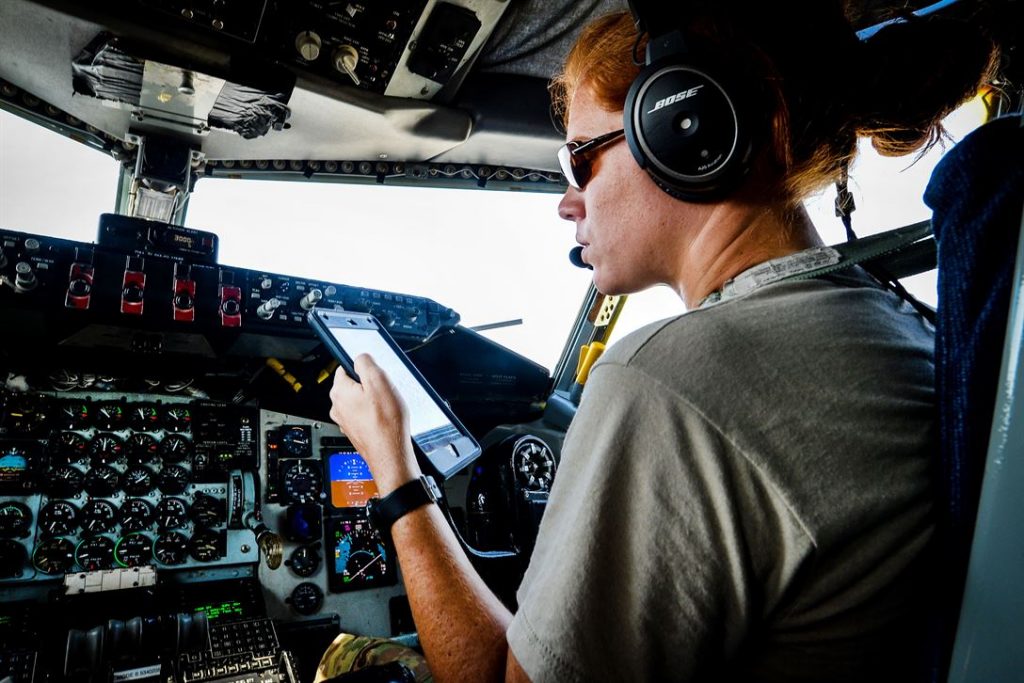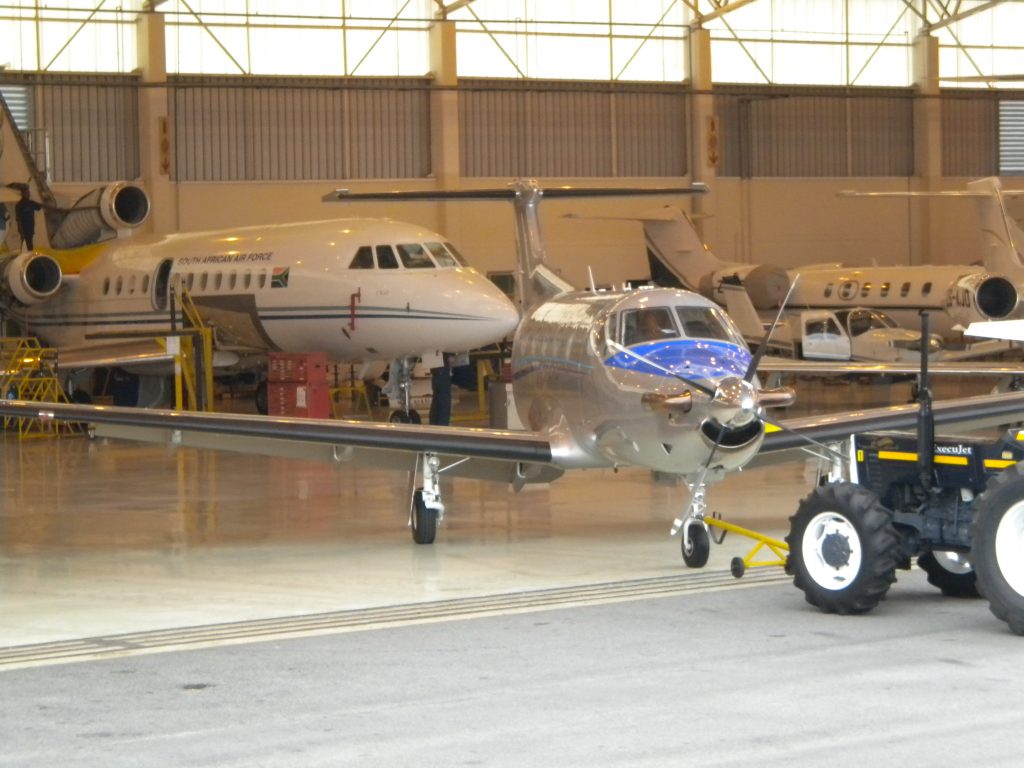
While it may seem like an unusual purchase, and to some extent it is, personal aircraft purchases aren’t as uncommon as they may seem.
Buying an aircraft for private and personal use is certainly out of the ordinary for most people, but if you’re reading this, you might be in the market to own your little piece of aviary freedom. It shouldn’t be that surprising that some people save up their money to obtain a vehicle to fulfill their lifelong fantasies of freedom. Sports cars, boats, jet skis, snowmobiles, and motorcycles are the most common or traditional ways of spoiling yourself with a vehicle, but airplanes present an entirely new dimension to the luxury purchase.
Even though a personal aircraft is a luxury purchase, the amount of safety regulations that need to go into considering buying one makes it more of a utility vehicle. The fact is that you’re not going to be using it as a utility vehicle, though. This is almost strictly for pleasure. Besides safety, you’re going to need to consider your level of expertise, the equipment you’ll need, how much maintenance knowledge you possess, the costs and logistics of owning a plane, and the paperwork.
All in all, owning an aircraft is pretty daunting. Thankfully, this information is here to guide you in the decision-making process by providing you what you need to know before pulling the trigger on purchasing your very own personal aircraft.
Cost
One of the first things you’re likely going to consider when purchasing a personal aircraft is the cost. The price of a personal aircraft can range between $8,000 – $300,000. The lower-cost range aircraft are usually single-seaters and ultralight, while the aircraft that enters into the hundreds of thousands in price range are usually multiple-engine planes. Depending on your needs, you’ll have to consider the size of the aircraft you want to purchase. If this is your first time considering purchasing an aircraft, you’re more than likely looking at the lower end of plane sizes. Therefore, you won’t be spending an extraordinary amount.
It’s rather interesting that people think that a plane can be a multi-million dollar purchase for the common folk (which it still can be if you buy a private jet) when certain luxury items like boats and sports cars can have higher upfront costs. But then, aircraft require more than just upfront costs. Flight lessons, insurance, documentation, fuel costs, and the cost to store it in a hangar are all considerations that need to be made.
Required Documents
On that note of costs, the documentation of plane ownership takes time and money to finalize and to acquire. Unlike a car, flying a plane requires much more extensive licensing and administrative certification. Similarly, knowledge of the legal documentation for your flying
purposes should be prioritized, too. Flying a plane is similar, but significantly different, to driving a car.
You will, of course, need a pilot’s license (obtained through the legal means of learning to fly from a professional and certified instructor), as well as insurance for your personal aircraft, registration fees, and depending on your country or region, some government paperwork. While it may seem like a lot, there’s no need to stress out. If you’re serious about purchasing an aircraft, you’ll need to get this important step done, anyway.
Besides, you have a lot of time to get this done. You’re not under an obligation to complete all of these steps immediately, so take your time and do a thorough job of compiling all of the necessary documentation, licenses, and certificates you’ll need for your future piloting pleasure.
Flight Training
Necessary. Non-negotiable. While some people learn how to drive without the use of drivers’ education classes, there’s little leeway in this specific area of owning a personal aircraft. Even for those who have friends or family that teach them flight lessons in their free time, that doesn’t give an excuse to avoid professional flight lessons.
Driving a car is fairly simple, and a license can be granted without the need for driving school. This isn’t the same for flying. Flying is much more dangerous because of the extensive amount of precautionary measures that need to be taken before planning a flight log, getting it approved, and actually flying the plane. The need for professional flight lessons is apparent in how many controls and instruments are present in the cockpit, and how vital they are to a successful flight. While a car has only a handful of vital controls, a plane is much more intricate.
The likelihood that someone could jump into a plane and understand what pitch or yaw means is almost impossible. Consider where you get your flight hours done, how much flight lessons you need to pass before you’re qualified to fly on your own, and whether or not you feel personally ready to do so.
Aircraft Maintenance
This one is less about how much you know, and more about how much you might need. Once you’re qualified to fly an aircraft, have your documentation, have figured out the costs, and feel ready to commit to owning the plane itself, you’re going to need to know what condition the thing is in.
By no means do you need to purchase a brand-new aircraft. Although, if it’s your first personal aircraft purchase, it’s probably a better idea to get it new. Pre-owned personal aircraft can be found fairly easily and for reasonable prices. Factor this into how much you want to spend on upfront costs and insurance. Pre-owned or used planes are going to present a similar challenge
to any pre-owned vehicle, and there’s a need for higher insurance because there’s a higher (not always true) likelihood of wear and tear.
The more used an aircraft is usually indicates a higher chance that parts are going to cost more, or a bigger need for parts. Another consideration is how unique, exotic, or old an aircraft model is. These parts will be harder to come by and more expensive. In any case, you’ll want to know the condition of the plane regardless of use or rarity. Getting high-grade Aerospace fittings from online metals depot can prolong the life of your plane and allow you to become knowledgeable on the components of your aircraft. Something to add, too, is that pre-owned airplanes aren’t the same as a pre-owned car in the sense that private flights add less wear and tear on the body of a plane as would potholes on a car.
Storage/Airport Use
Storage and airport use go hand in hand because your plane is more than likely going to be stored in a hangar at an airport. If you’re purchasing a first-time personal aircraft, it’s very unlikely that you bought a hangar or have the accommodations for such a vehicle.
Keeping your plane in a hangar at an airport is the quickest way to get it repaired by someone at the airport and the quickest way to get yourself up in the air when you want to go on a joy flight. Similarly, you’ll want to know where airports are that will A) accommodate a personal aircraft and B) are located the closest for you to access. You don’t want to get stuck driving multiple hours just to access your own vehicle, but sometimes, these smaller airports need to be a certain distance away from commercial airports and cities.
Conclusion
At first, purchasing a personal aircraft sounds like a ridiculous undertaking. The more you research and do your reading, you’ll start to realize that owning your very own plane is much more achievable than you initially thought. The chances are that if you’re reading this and have made it to this part of the article, you’re doing your research on what you need to know before purchasing a personal aircraft, and aren’t just bored looking through the Internet.
In the case that you’re preparing to buy a personal aircraft, you’ll need to know a fairly significant amount of information as a plane is still a pretty serious purchase. Personal aircraft are akin to boats, motorcycles, or “toy” vehicles (snowmobiles, Skidoos) because they are seen as possessing a unique set of requirements and safety concerns. Don’t be scared by this. You took on a unique set of risks if you bought a car, too!
There are special documents like flight registrations, licenses, and government-issued certificates. Consider the costs, too. This will factor in things like how much fees are to store your aircraft in an airport hangar and the maintenance costs for parts. One of the biggest requirements you’ll need is to go through a set amount of flight training hours before you’re legally qualified to fly a personal aircraft as well. The best part about purchasing your own
personal aircraft is that you have a lot of time to prepare these needs, and you want to feel like you’re ready and responsible enough to bring your dream of flying your own plane into reality.


